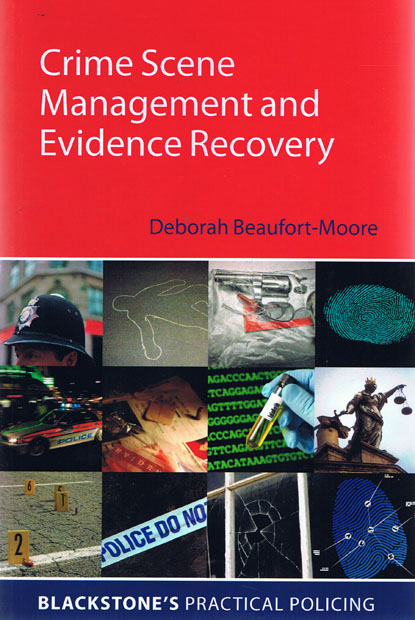
This practical book deals with the subject of crime scene management and evidence recovery, offering step-by-step guidance on the techniques involved alongside clear scientific explanations for the non-specialist. This invaluable practical guide is a must-have for the first responder; whilst crime scene investigators are trained to undertake more detailed forensic examination, the actions of first responders make an important difference to the success of an examination.
The book will increase awareness of the forensic aspects of a crime scene investigation, including the various analysis techniques available, so that crime scene officers are better equipped to make informed decisions about protecting and preserving scenes and recovering items for evidence.
This guide offers structured advice on the techniques involved in the preservation, recovery, packaging, and storage of different evidential types such as fingerprints, DNA, glass, footwear, paint, and fibres. It also provides an overview of the science behind the various types of forensic analysis, along with all the relevant legislation. The discussion of each aspect of crime scene management is supplemented with practical tips, scenarios, and questions and answer sections to test understanding.
The book forms part of the Blackstone's Practical Policing Series. The series, aimed at junior to middle ranking officers, consists of practical guides containing clear and detailed explanations of the relevant legislation and practice, accompanied by case studies, illustrative diagrams and useful checklists.